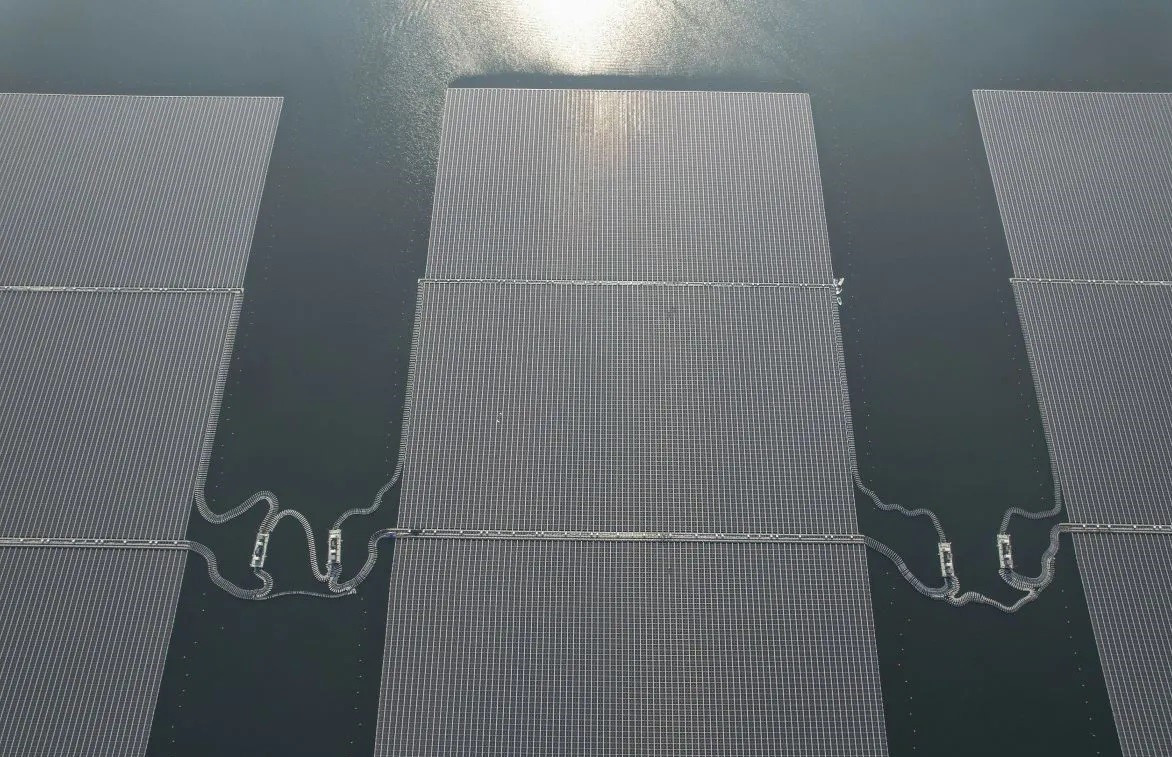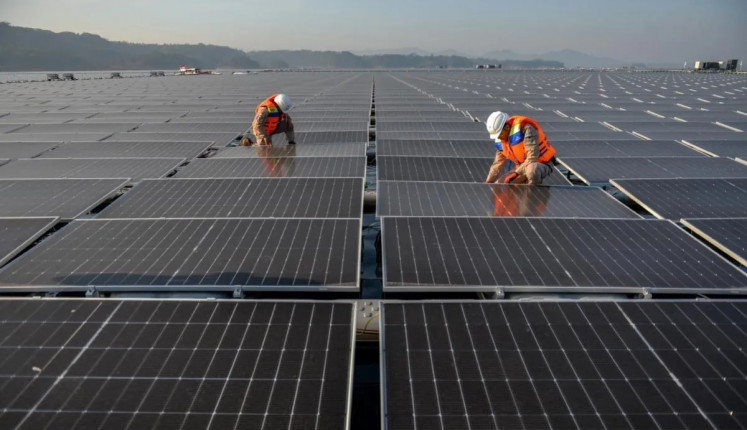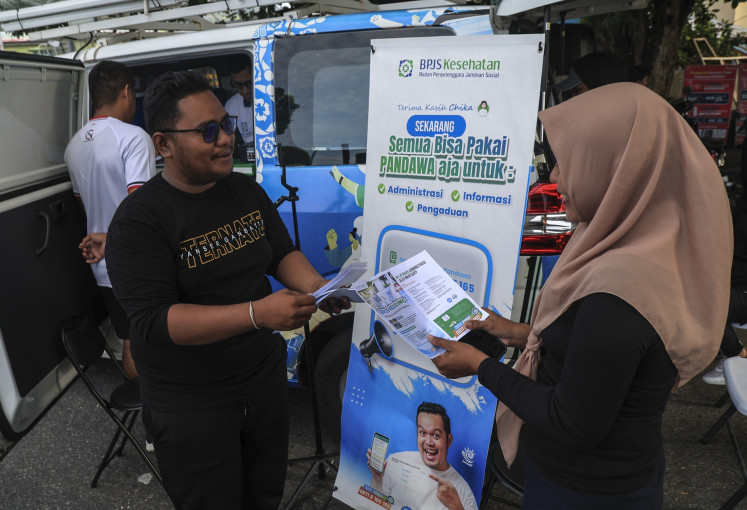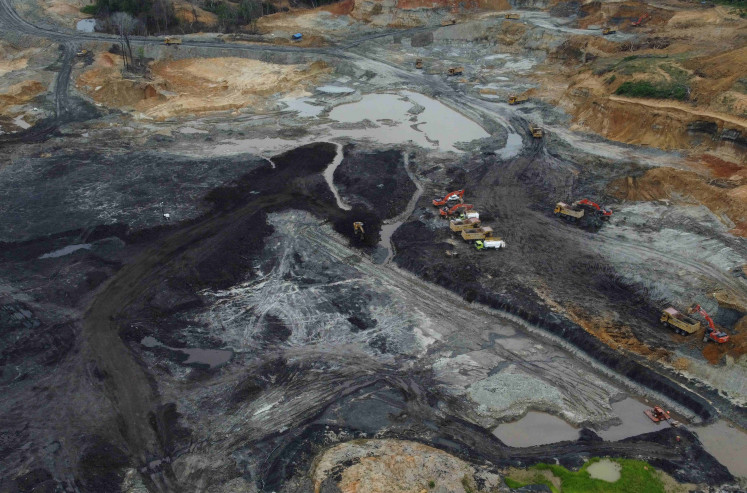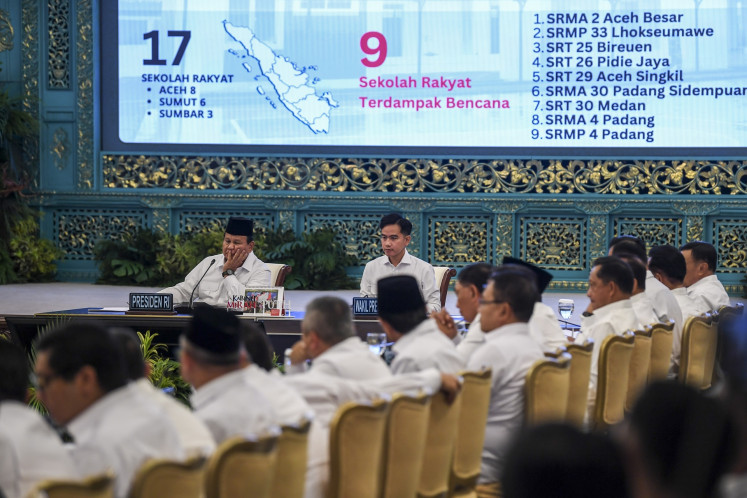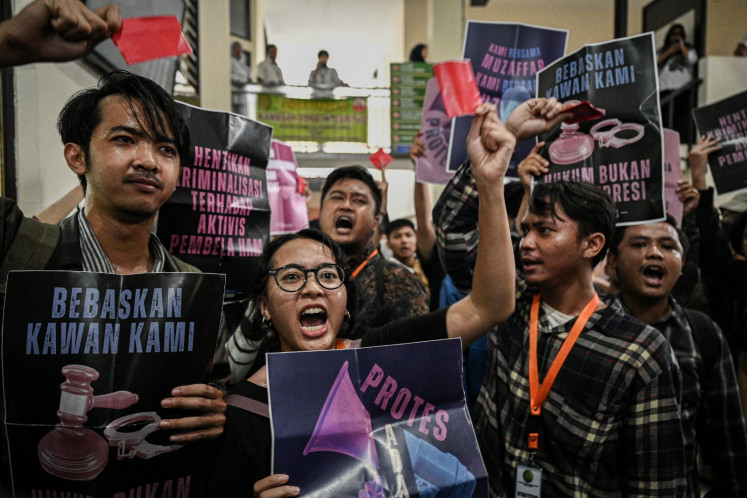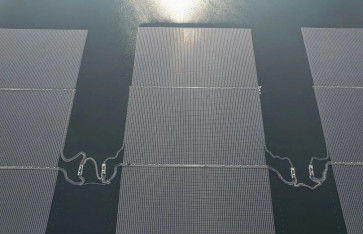Popular Reads
Top Results
Can't find what you're looking for?
View all search resultsPopular Reads
Top Results
Can't find what you're looking for?
View all search resultsThe key to universal energy access is green
Distributed renewable energy technologies offer a promising solution, providing underserved communities with access to electricity while simultaneously decarbonizing grids.
Change text size
Gift Premium Articles
to Anyone
O
ur planet and its inhabitants are in trouble. The Intergovernmental Panel on Climate Change estimates that to meet the targets of the 2015 Paris agreement and keep global warming below 2 degree (relative to preindustrial levels), renewable energy must supply 70-85 percent of the world’s electricity by 2050. In other words, renewable capacity must triple by 2030 to avert a climate catastrophe.
Yet, despite the existential threat posed by climate change, a joint report released by the International Renewable Energy Agency (IRENA), World Bank, World Health Organization, International Energy Agency and the United Nations Statistics Division paints a grim picture: The world is not on track to achieve United Nations Sustainable Development Goal (SDG) 7, which aims to “ensure affordable, reliable, sustainable and modern energy for all.”
As of 2022, 685 million people still lived without access to electricity, and 2.1 billion relied on polluting and hazardous cooking fuels.
The problem is particularly pronounced in Africa, where 600 million people currently lack energy access. Electrification has not kept pace with population growth, and centralized power grids have consistently failed to reach those most in need. Consequently, many Sub-Saharan communities depend on expensive diesel generators.
These carbon-intensive systems account for an estimated 360 gigawatts of electricity generation in low- and middle-income countries (LMICs), with annual fuel costs exceeding US$40 billion.
Fortunately, it is not too late to change course. Distributed renewable energy (DRE) solutions, which include mini, metro and mesh grids, as well as small-scale household systems like photovoltaic (PV) solar panels and battery storage, are the key to ensuring electricity for all while meeting the world’s climate goals.
Mini-grids, which often rely on renewable-energy sources like solar PV, are small-scale generators connected to localized distribution networks that can operate independently or link to main grids when available.

